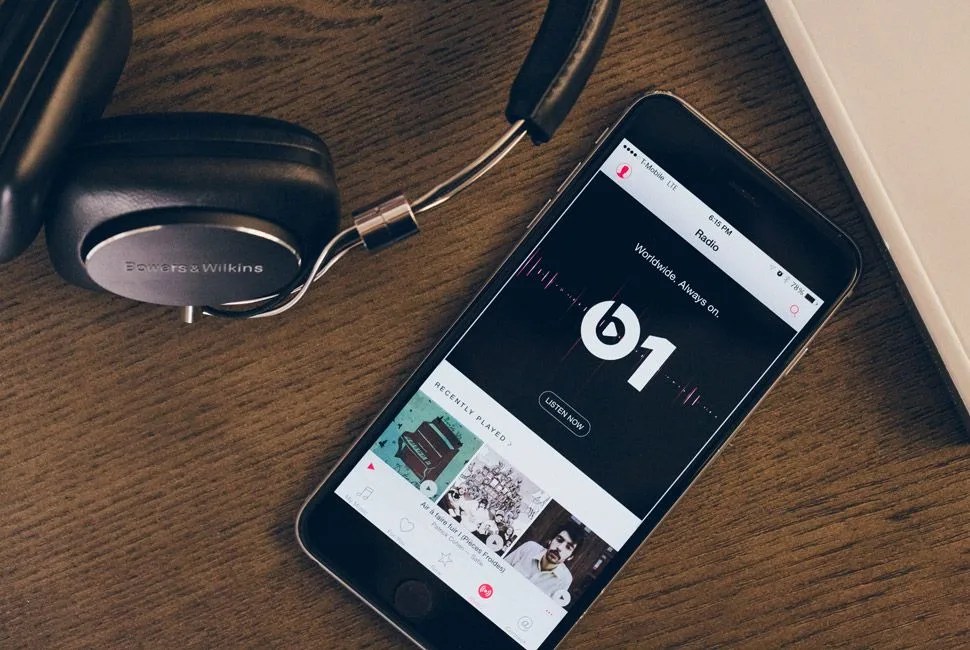Apple’s imprint on the music industry is still being felt. iTunes helped change how the world consumed (and purchased) music, and it paved the way for CD aisles in superstores everywhere to vanish. In 2007, Steve Jobs famously pushed for the abolition of DRM, the software addition to music files that prevented ’em from being played universally across all devices. And then, a flurry of music streaming services splashed onto the scene while iTunes stood still.
Until now, that is. Just over a year after Apple acquired Beats Electronics for some $3 billion, Apple Music has launched. It’s a new service that attempts to wrap elements of iTunes, iTunes Match and iTunes Radio into a full-fledged music portal. It’s a little like Pandora, Spotify and Rdio, but is it any better? And is it worth switching to?
The Road to Here
I’ve been a proponent of music streaming services for years, but opted to skip the whole “digital music shopping” revolution that preceded the likes of Spotify and Pandora. When my only two options were to purchase a physical album or shop for the same album on iTunes, I’d choose the former. To me, there was little allure to buying digital. You miss out on the physical booklet, and a traditional album enabled me to rip the music precisely as I wanted and store it in a format that suited me. Essentially, the thought of buying songs on iTunes wasn’t a significant enough improvement over buying physical albums for me to switch.
Then came MOG. MOG was one of the first pure music streaming services, which allowed users to pony up $10 a month in order to stream nearly everything under the sun, create playlists and (vitally) store songs on one’s phone for offline playback. I went with MOG initially due to its integration with BMW Apps, but once it was acquired by Beats and effectively left for dead, I shifted to Spotify. (MOG had promised initial users a playlist migration tool to Beats’ competing streaming service, but when that failed to materialize, I jumped ship.)
I’m not alone. Spotify presently has over 75 million active users, with 20 million of those shelling out monthly for its premium features. I’ve been remarkably satisfied with Spotify, and maintain that its $10-per-month surcharge is well worth it. I’m able to test the waters on new albums and artists without paying extra, and I have an assortment of offline playlists that come in handy during flights and treks through America’s National Parks — places where mobile data is but a quaint notion.
